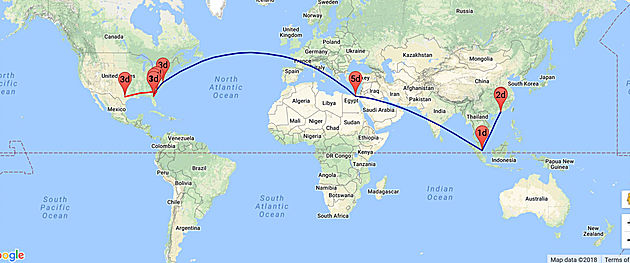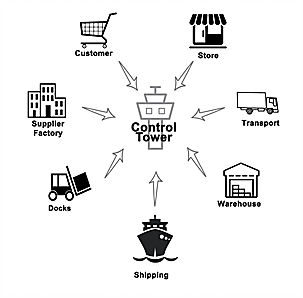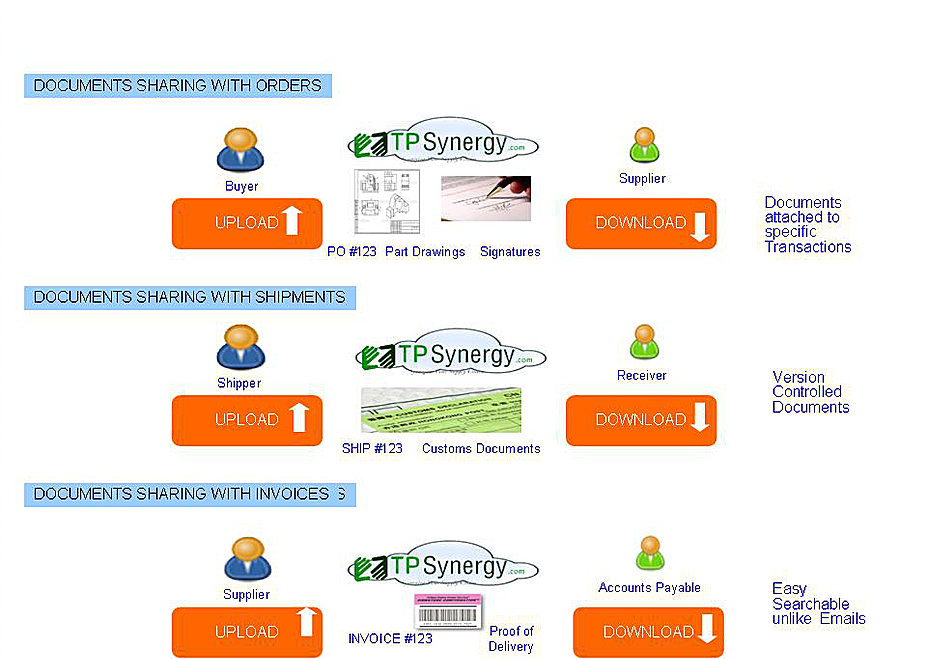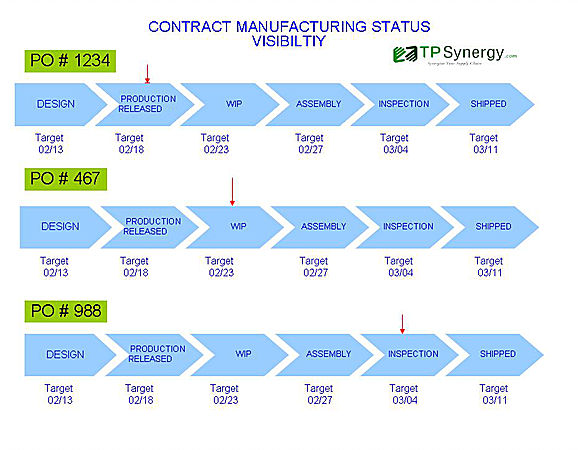3PL Inventory Synchronization

3PL Inventory and Synchronization to ERP
In current supply chain world, 3PL (Third Party Logistics) is an important component.
Supply chain operations are outsourced to another company. Inventory related operations like Shipping, Receiving and some times value added services like Packaging are outsourced to the 3PL
Operations Performed by 3PL
Typically a 3PL will perform the below operations for the customer
- Receiving Inbound shipments from Suppliers and other warehouse
- Ship outbound shipments to Customers based on Ship advice from suppliers
- Value added services – Minor assembly, packaging into kit
Inventory Synchronization with ERP
Most of the times, the 3PL is a separate company using their own Warehouse Management system (WMS). So the customer’s ERP system is not updated with the current information from the 3PL warehouse system. So ERP will not be able to perform planning correctly.
When an ERP runs its MRP (Material Requirement Planning) it has to have the current inventory located at 3PL warehouses so that it can use the demand and supply to plan for new orders to be placed
In this post, we will see how this inventory synchronization can be achieved
Transactions to be synchronized with ERP
Various transactions performed by 3PL need to be integrated back to ERP.
PO Receipts
Purchase orders are created by customer in their ERP system and sent directly to suppliers. In the purchase orders, the ship to location will be given as 3PL location. Suppliers will ship the material to 3PL and 3PL need to receive the material and store it. This needs two kinds of integration and synchronization
- 3PL system need to know about the inbound shipments so that their system is ready to receive the material when it arrives. This will need Advance Ship Notice (ASN) to be sent to the 3PL that has the necessary information like Customer Purchase order number, Item number etc so that 3PL system will receive the material correctly
- Once the material is received, receipt details should be synchronized with ERP so that the purchase order in ERP can be updated with receipt and suppliers can be paid as the material is received. 3PL will send the receipt almost as soon as the PO is received
Internal Transfers Shipments And Receipts
It is common that material will be moved from one location or one 3PL to another 3PL. For example if there are two different 3PL managing two different regions and it is necessary to move material from one region to another region.
This is commonly known as Transfer Orders in ERP world. In that case one 3PL has to ship the material and another 3PL to receive the material. This will need synchronization to both the 3PL
- Transfer orders created in ERP need to be sent to the shipping 3PL.
- Once shipping 3PL ships the material, an ASN need to be sent to the receiving 3PL
- Once receiving 3PL receives the material, data need to be sent to the ERP to update the transfer order as received and close the loop
Customer Shipments
These are the outbound shipments to be sent to Customer’s customers. Customer’s ERP receives the orders from end customers either manually entered or received through EDI connections. The integrations for these kind of outbound shipments will be
- After the sales orders are confirmed in ERP, they need to be sent to the 3PL as ship notice. These ship notice will typically have the item details, quantity, date to be shipped and shipping address.
- Once 3PL physically ships these outbound shipments, data to be sent back to ERP so that the sales orders can be marked as shipped and invoices generated in ERP

3pl integrates to many systems
Integration Technologies
As seen above, there are many moving parts in the integration with a 3PL. It is critical that all these integrations are as close to real time as possible
The integration can be built using various technologies
Middleware tools – There are many middle ware tools available that can use formats like EDI, XML to build the integrations. The disadvantage of building these integrations from ground will be lot of effort and learning curve and expensive mistakes
Outsourced Integrations – Outsourcing the integrations to experienced service provider like TPSynergy will reduce the time to implement the integrations and make 3PL to ERP integration accurate and less effort



Leave a Reply